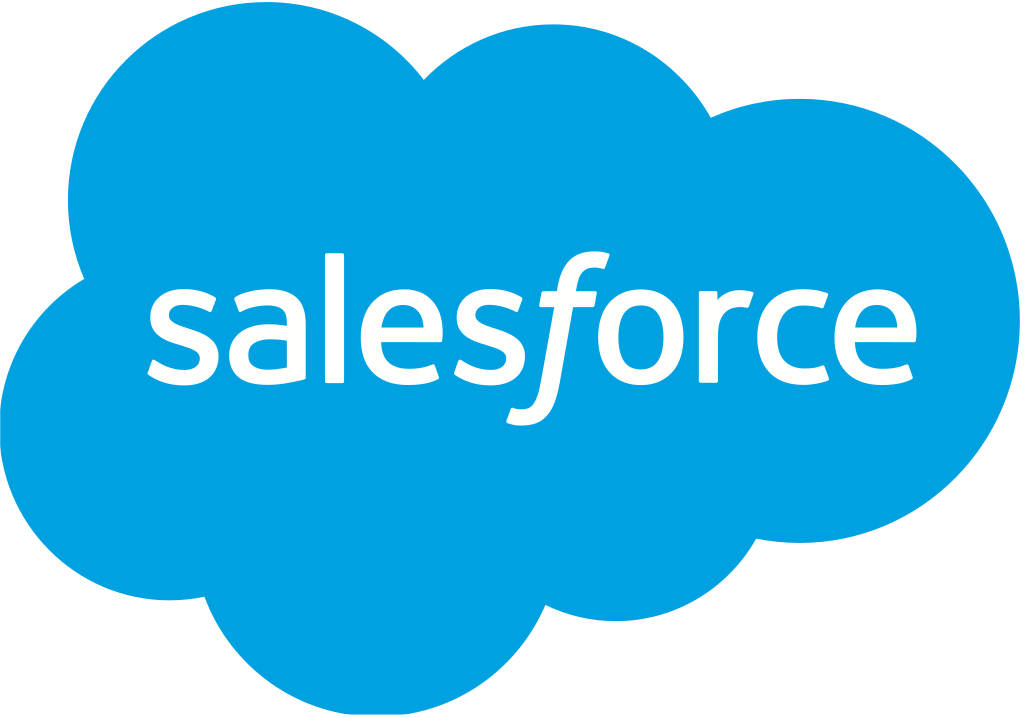Sales vs. marketing focus
Pipedrive was designed primarily for sales pipeline management, not as a full marketing suite. This means it excels at tracking deals and sales activities, but it has limited marketing functionality out of the box. If your business needs robust marketing automation – for example, sending newsletters, drip campaigns, managing advert contacts and so on – Pipedrive alone may fall short. It lacks an equivalent to HubSpot’s Marketing Hub features.
Pipedrive has made some strides, including an email-marketing add-on called Campaigns, yet it is still no match for dedicated marketing platforms. You might need to integrate a separate email-marketing tool or marketing-automation system alongside Pipedrive.
In short, if your primary goal is managing a sales team and pipeline, Pipedrive is ideal. If you require an all-in-one CRM that also covers marketing workflows, customer support or content management, a broader platform could be a better fit. Decide whether you are looking for a sales-focused tool or a multi-department solution.
Automation and advanced features
Think about the level of automation and advanced functionality you need. Pipedrive does include automation capabilities – especially in higher-tier plans, where you can set up workflow automations, email integrations and similar tasks – but these are relatively lightweight compared with some competitors. For a small or mid-sized team, automating repetitive tasks such as follow-up emails or creating activities may be enough to streamline the sales process.
However, if you need more complex automation workflows – for instance, automatically scoring leads and moving them through nurturing sequences or using advanced AI-driven tasks – Pipedrive’s built-in features are more basic. From my own experience, as operations grew, we wanted more automation beyond simple sales tasks and had to extend Pipedrive via integrations or custom API work.
Consider your workflow needs carefully. If you only need simple automations, Pipedrive will be sufficient. If you expect heavy automation across sales and marketing, you may eventually feel constrained or need additional tools.
Reporting and analytics
Pipedrive offers solid reporting for core sales metrics: deal conversion rates, sales-cycle length, revenue forecasts and individual rep performance. For many sales teams these built-in dashboards are sufficient to manage and improve the sales process, and I have used them successfully to identify pipeline bottlenecks.
When analytics demands become more sophisticated you may encounter limits. Pipedrive’s reports focus on sales data; if you want to blend sales data with marketing metrics or perform very customised analysis, you will probably need external business-intelligence tools. Some users note the reporting depth is not as robust as what you would find in enterprise CRMs or dedicated analytics platforms.
In our case, when we began cross-channel attribution analysis and lifetime-value tracking, we needed to export data into Google Data Studio. Pipedrive covers essential sales KPIs well, but if you need extensive or real-time analytics across departments, plan for add-ons or integrations.
Integration and API ecosystem
One of Pipedrive’s greatest strengths is how well it integrates with other software. It has an extensive marketplace and an open API, so you can connect email providers, calendars, project-management tools, call-tracking software and much more. In practice, I have rarely found an app that could not integrate with Pipedrive in some way, either via a native connector or through services like Zapier.
If no pre-built integration exists, developers can use the REST API to create one; the documentation is thorough and most CRM data is accessible. This openness is a significant advantage compared with more closed systems.
Check whether the specific integrations you need are available out of the box or will require extra effort. Note that some competitor CRMs include more native marketing modules – for example, HubSpot’s built-in email marketing – whereas Pipedrive relies on add-ons. If you plan heavy marketing or advanced analytics integrations, be mindful that third-party connectors or extra costs might apply.
Pricing and value
Budget is always an important factor. Pipedrive’s pricing is generally affordable and straightforward, which is why many small businesses choose it. Unlike some CRMs that start free and become expensive on higher tiers, Pipedrive has no permanent free plan, but paid plans start at a low cost per user and provide good value for money.
If you only need core CRM functionality, lower-tier plans cover it for roughly €15–€20 per user per month (billed annually). More advanced plans that include automation or AI features remain competitively priced. Pipedrive also avoids mandatory onboarding fees or long-term contracts, letting you pay monthly and cancel if necessary – helpful for growing firms.
Be aware of add-on costs: features such as the LeadBooster chatbot, Campaigns email marketing or Web Visitors tracking are paid extras. These can enhance capabilities, especially for marketing alignment, but will raise the total cost. In general, Pipedrive delivers solid return on investment for sales teams; start low, then scale plans or add-ons as you need them.
Scalability and team size
Pipedrive excels for small and medium-sized teams, and we have deployed it successfully for companies ranging from a single sales rep to a hundred users. The software can scale, offering dedicated account managers and advanced permission settings for larger customers.
Complexity of your processes matters. For straightforward sales workflows, even a large team can use Pipedrive effectively. If your organisation has very complex processes, multiple product lines or requires highly granular customisation, Pipedrive’s simplicity may eventually feel limiting. Industry reviewers often note it may not suit very large enterprises with intricate requirements.
In my journey, as our sales operations became more multifaceted, we evaluated enterprise CRMs with deeper flexibility. If you expect to stay lean and sales-centric, Pipedrive will scale with you and supports thousands of contacts and deals. Should you foresee needing a single CRM across all departments or extensive custom development, consider when a transition might make sense.
Pipedrive continues to add features – including AI and improved automation – gradually narrowing gaps with larger CRMs. With a clear scalability plan and the option to integrate additional tools, many businesses can rely on Pipedrive as a long-term solution.

.png)







